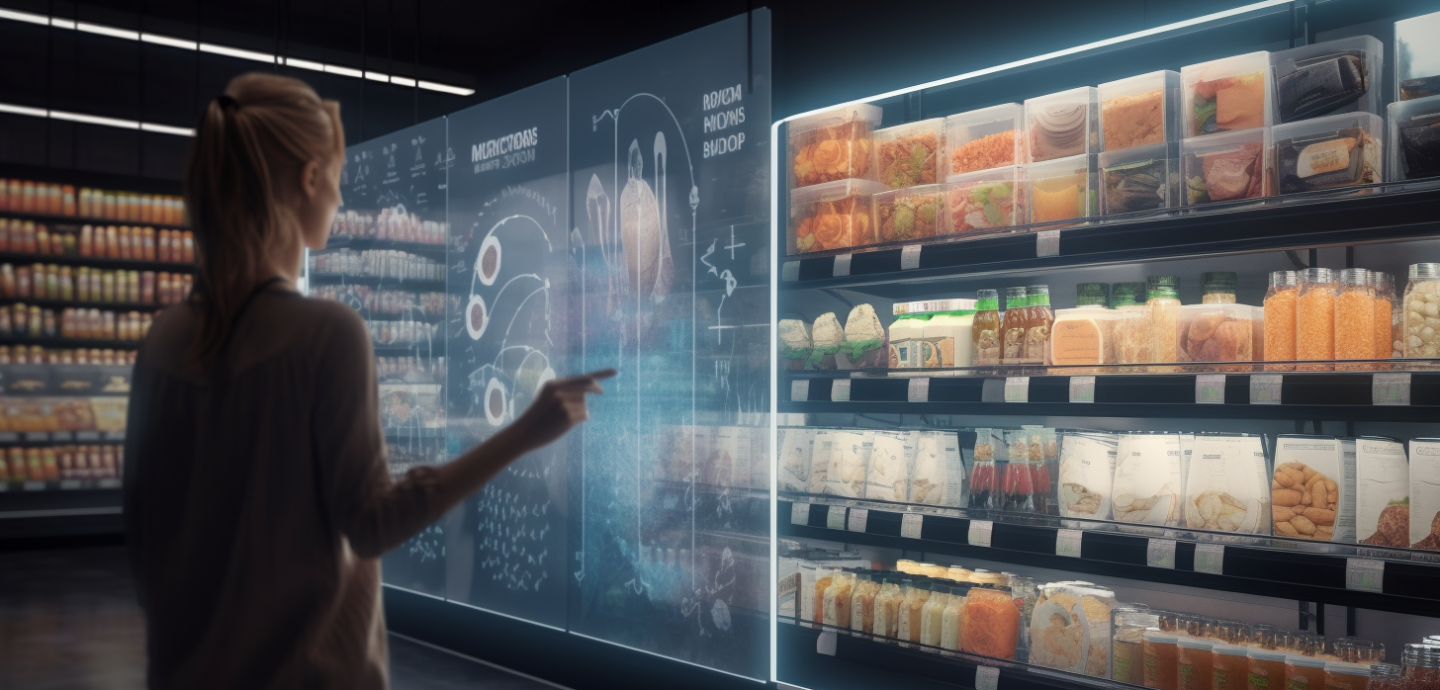
Preamble
We know that the world is changing every day. As a global company in the packaging machinery industry, Serac has positioned itself as an agent of change. We want to play our full part.
But if we’re going to take part in change, we might as well do it to shape a future we’d like to live in, a desirable future that has adapted to the major challenges of this century (climate, water shortages, environmental protection, health, etc.) by putting meaning back into our practices and adopting more sustainable solutions.
Many factors influence our activity, including technology, the environment and changing social conditions. In collaboration with “Trend Hunters” and with the help of AI, we thought about the future of packaging. The result is “Consumer 2040: the Future of Packaging”: a set of forward-looking studies outlining a desirable future that is both necessarily a little utopian to stimulate imaginations, make people dream and inspire our next innovations, but also very concrete in helping industry leaders and consumers today to take action via packaging solutions that take better care of people and the planet.
Drivers of Change
ENVIRONMENT
Global warming is the world’s most pressing issue, and packaging is at the forefront.
HEALTH
Human health and fertility are threatened by chemicals.
ACCELERATE
Compressed in the urban environment and ultra-connected lifestyle, time, space and packaging have to keep up.
E-COMMERCE
E-commerce is not slowing down and subscription models are gaining ground for urban consumers
TECHNOLOGY
Technology is becoming smaller, more accessible and integrated into packaging and consumers themselves.
What will influence everyday reality in 2040?
To prepare for the future and make the right decisions, let’s use our imagination and look to the future! Join us on our journey to the year 2040!
DESIGN FICTION
**********************
By 2040, the consumer landscape will have undergone a radical transformation, influenced by technological advances, environmental and public health concerns, and socio-economic changes. This new era will be marked by a strong integration of technology into consumer habits, a heightened awareness of environmental impact, and a demand for transparency and ethics on the part of companies.
1- The Influence of Technology on Consumer Behavior
By 2040, technology will have profoundly reshaped consumer behavior. Artificial intelligence will be omnipresent, enabling unprecedented personalization of the shopping experience. Consumers will benefit from tailor-made recommendations, based on their purchase histories, personal preferences and real-time behaviors. This personalization will not be limited to product suggestions, but will also extend to after-sales services, offering a highly individualized customer experience.
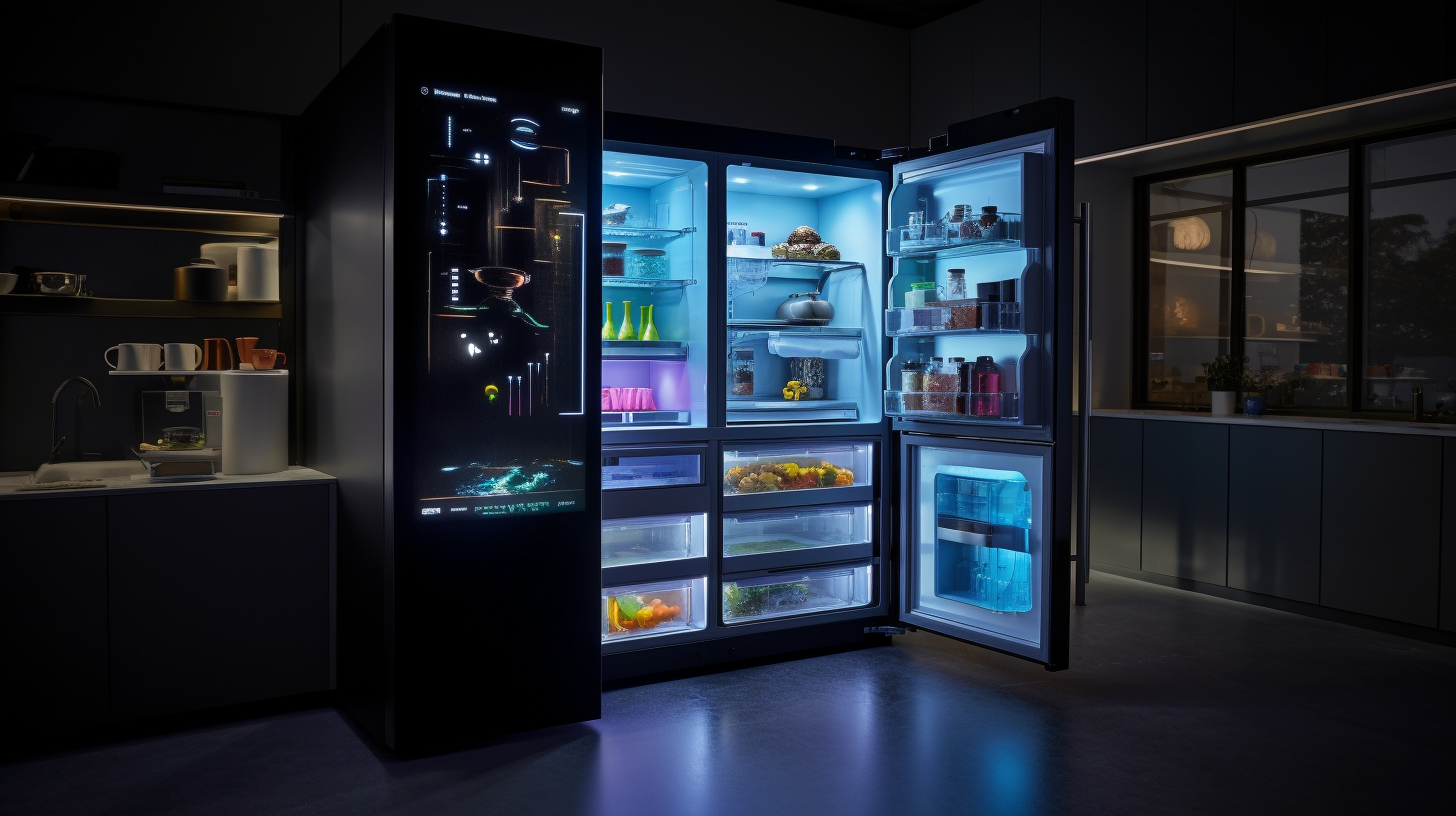
Intelligent refrigerators will be able to monitor stock levels and automatically order food and beverages.
- Augmented reality will also transform the in-store experience.
Applications will enable consumers to visualize products in their own environment before making a purchase. In home furnishings, for example, it will be possible to see how a piece of furniture fits into your living space, modifying color and style in real time.
- Wearable technologies, such as smartwatches and connected clothing, will play a key role in gathering data on consumers’ health and preferences, enabling even greater personalization. These devices will, for example, be able to recommend food products or nutritional supplements tailored to the user’s health profile.
- The Internet of Things (IoT) will connect consumers to their homes in unprecedented ways. Smart refrigerators will be able to monitor stocks and automatically order food before they run out, based on residents’ food preferences and nutritional needs.
2- Sustainability and environmental responsibility
By 2040, sustainability and environmental responsibility will be at the heart of consumer concerns. Global awareness of environmental issues will have a significant impact on consumer habits. Eco-responsible products, manufactured in a sustainable and ethical manner, ser B- Sustainability and environmental responsibility have been given priority.

Deposit and return systems for packaging will be widely used.
- Consumers will demand total transparency on the origin and manufacturing process of products. Companies that adopt sustainable practices and can prove it through certifications or eco-labels will win consumers’ trust.
- The trend will also be towards waste reduction. Reusable, compostable or biodegradable packaging will become the norm. Deposit and return systems for packaging will be widely used to encourage recycling and reduce waste. In the cosmetics sector, for example, refillable containers and concentrated formulas that reduce the amount of packaging will be popular.
- The environmental impact of products will be an important selection criterion. Consumers will use apps to assess the carbon and ecological footprint of products before making a purchase. Companies that invest in clean technologies and in reducing their ecological footprint will have a competitive advantage.
- Sustainable mobility will also influence consumer habits. Consumers will favor eco-responsible modes of delivery, such as electric vehicles or drones powered by renewable energies, for their online purchases.
3- Evolving payment and financing practices
By 2040, the landscape of payment and financing options will have changed radically, offering consumers greater flexibility and security. Digital currency and cryptocurrencies will be integrated into mainstream payment systems, enabling fast, secure and borderless transactions.
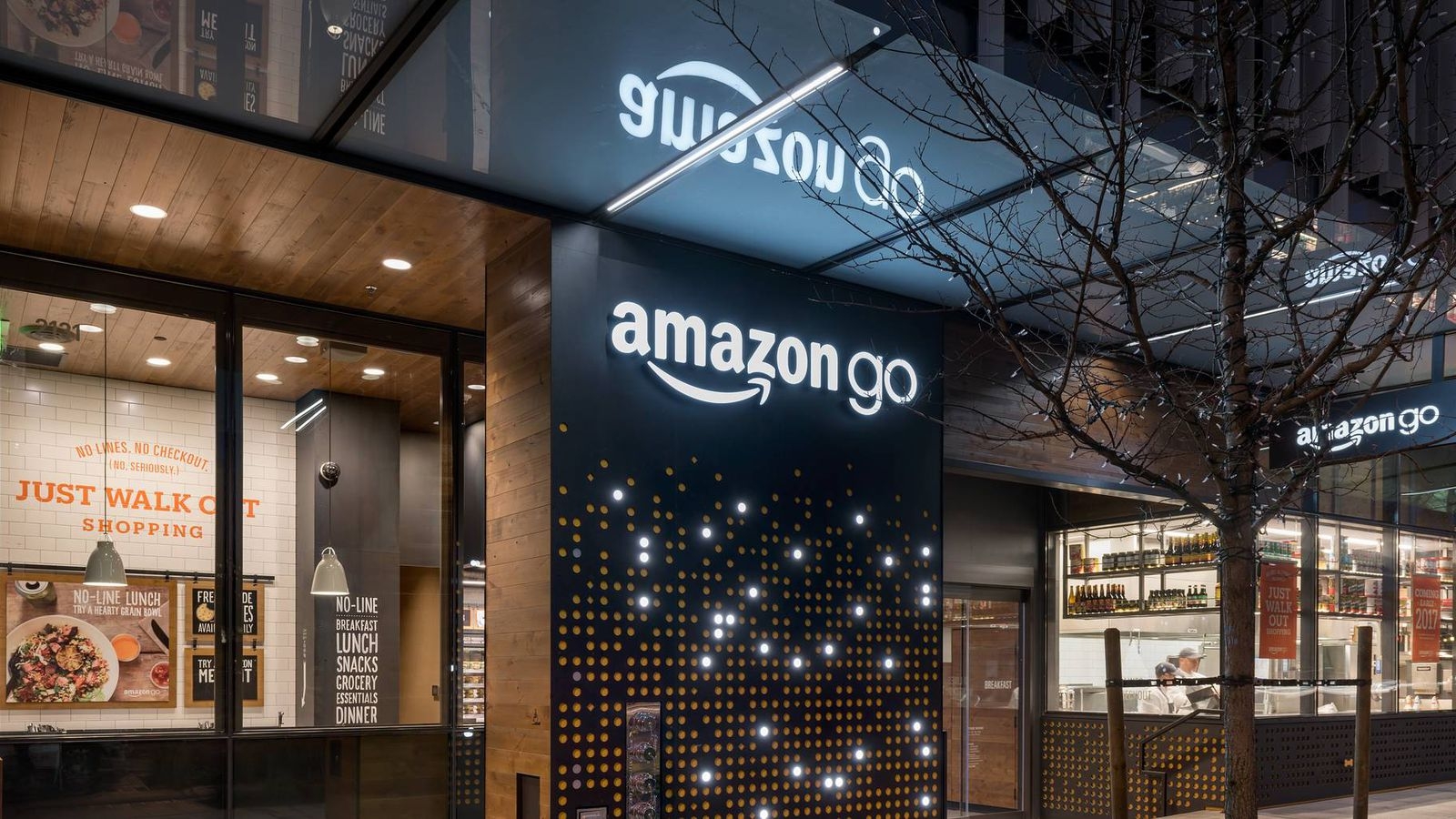
Consumers will be able to leave a store with their purchases without checking out.
- Traditional payment methods, such as credit cards and cash, will give way to more innovative solutions. Biometric payments, using fingerprints, facial recognition or even iris recognition, will become commonplace, offering an extra layer of security and convenience.
- Digital payment platforms will evolve to offer more personalized services. They will be able to analyze consumers’ spending habits to offer tailor-made financing solutions, such as short-term credit or flexible payment plans.
- In the retail sector, the “frictionless” shopping experience will be the norm. Consumers will be able to leave a store with their purchases without going through a traditional checkout, with payments automatically debited via their mobile device or online account.
- Blockchain technology will play a key role in securing transactions and making supply chains more transparent. Consumers will have access to a detailed history of their purchases and will be able to trace the origin of products, guaranteeing authenticity and quality.
- The integration of artificial intelligence into payment systems will also offer benefits in terms of predictive analysis and fraud prevention. Algorithms will be able to detect unusual spending patterns and alert consumers and banks to potential security problems.
4- New trends in food and health
By 2040, trends in food and health will reflect a growing concern for well-being and increased personalization. Technological advances will enable diets to be tailored to the specific needs of each individual.
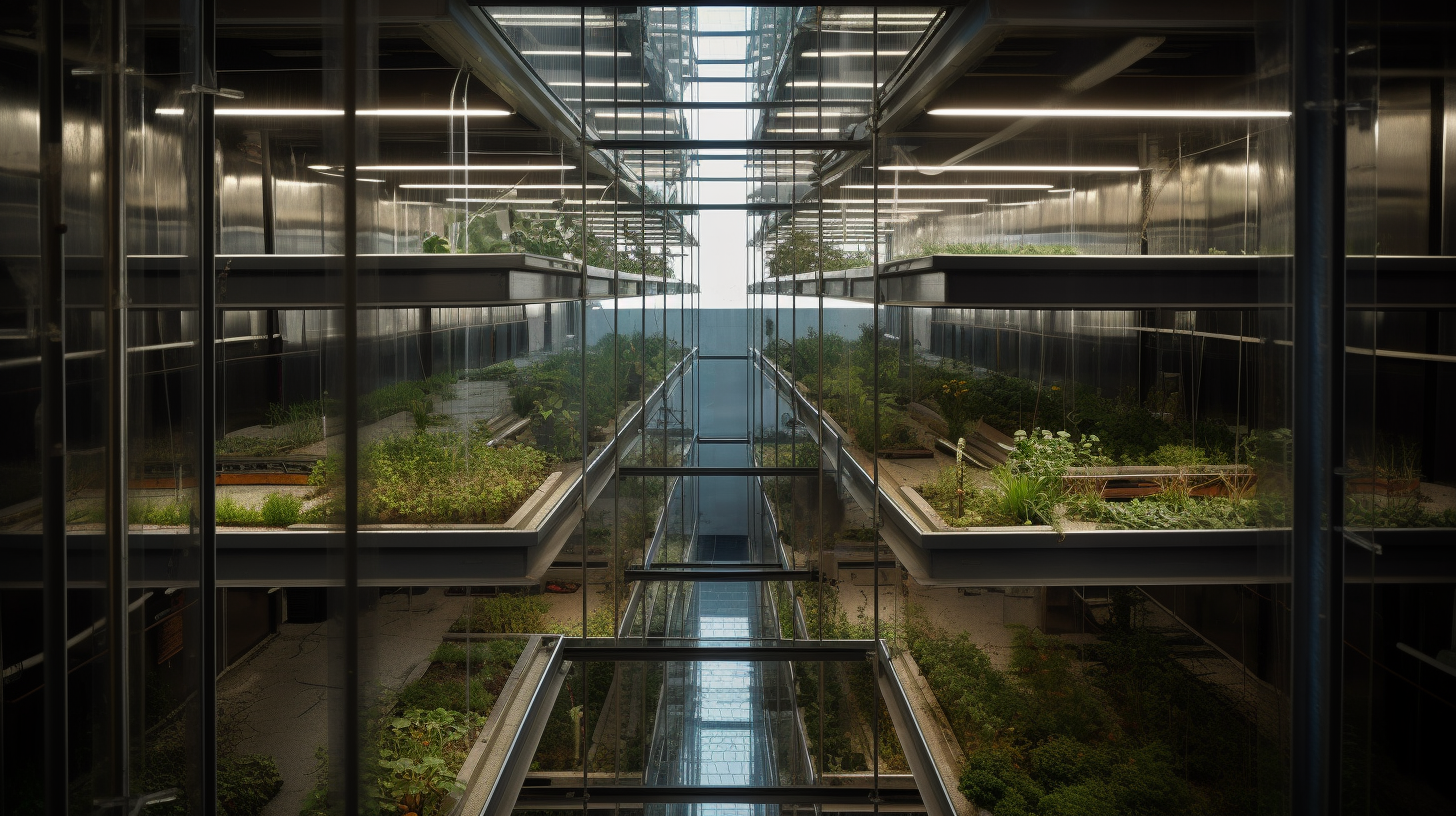
Vertical farms and hydroponics will play a crucial role in food supply.
- Personalized nutrition will be at the forefront, with diets designed on the basis of genetic, metabolic and lifestyle data. Advanced applications will analyze individuals’ nutritional needs in real time and recommend specific foods, supplements or diet modifications.
- Functional foods, enriched with vitamins, minerals, probiotics and other beneficial nutrients, will grow in popularity. These foods will target specific health problems such as boosting immunity, improving digestion or managing stress.
- 3D printing of food will open up new possibilities in terms of customization and food creation. Consumers will be able to create dishes tailored to their tastes and nutritional needs, while exploring innovative shapes and textures.
- Urban agriculture and indoor growing technologies, such as vertical farms and hydroponics, will play a crucial role in the food supply. These methods will enable fresh food to be produced locally, reducing the carbon footprint associated with transportation and guaranteeing greater freshness.
- In the health sector, wearable technology and health tracking devices will enable continuous monitoring of vital parameters. Consumers will have immediate access to health data, enabling them to make informed decisions about their diet and lifestyle.
- Teleconsultation and digital health services will become commonplace, offering consumers easy access to medical and nutritional advice. This will enable proactive health management and rapid intervention in the event of problems.
5- Change in retail and e-commerce
By 2040, the retail and e-commerce sector will have undergone major changes, driven by technological innovations and new consumer expectations. These changes will reflect a constant search for enriching, convenient and personalized shopping experiences.
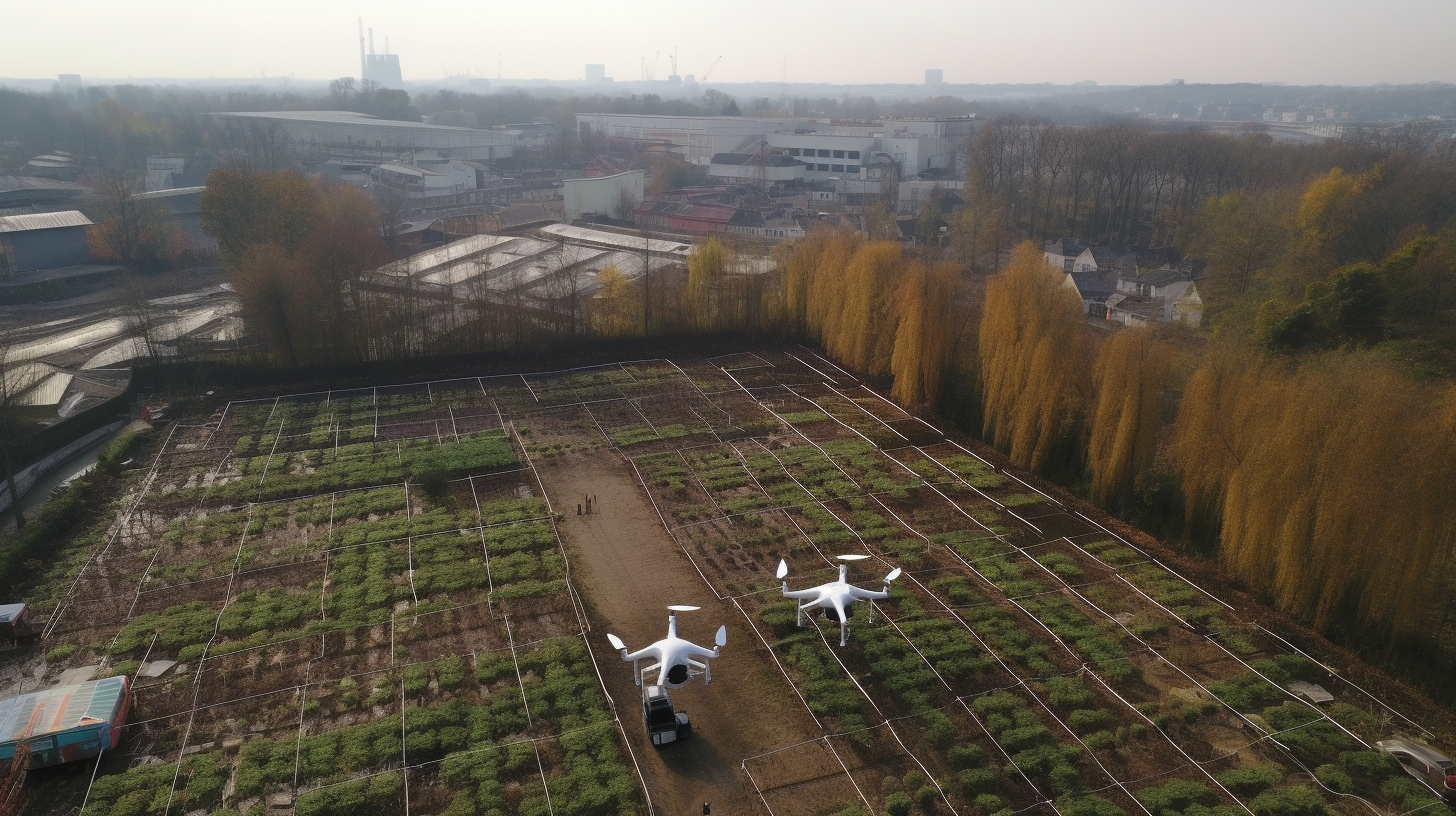
Fast, environmentally-friendly drone delivery
- Physical stores will evolve to become spaces of immersive experience. Thanks to augmented and virtual reality, consumers will be able to try out products virtually before buying them. For example, by virtually trying on clothes or viewing products in their own homes, shoppers will be able to make more informed decisions.
- The integration of artificial intelligence in retail will enable a highly personalized in-store experience. Virtual assistants will be able to guide consumers to products suited to their preferences and purchase histories, while providing personalized recommendations.
- E-commerce will also benefit from significant innovations. Online platforms will use advanced algorithms to offer a personalized shopping experience, with product suggestions based on browsing behavior and user preferences. Augmented reality will help consumers visualize products in their environment before making a purchase.
- E-commerce logistics will see major improvements, particularly in terms of delivery speed and efficiency. Drones and autonomous vehicles will play a key role in fast, environmentally-friendly product delivery. Inventory management and order processing systems will be fully automated to ensure maximum efficiency.
- Checkout-free stores will become the norm. Customers will be able to leave the store with their items without going through a traditional checkout, thanks to automatic payment and product recognition systems.
Conclusion
By 2040, we can imagine that the consumer landscape will have undergone a remarkable evolution, shaped by rapid technological advances, heightened environmental awareness and profound changes in social behavior. Consumers will be equipped, informed and engaged as never before, playing an active role in shaping markets and trends.
The integration of technology into all aspects of consumption will have transformed not only the way people buy, but also how they interact with brands and make decisions. Advanced personalization, immersive user experience and convenience will be the cornerstones of the consumer experience.
Sustainability and environmental responsibility will no longer be options, but fundamental requirements. Consumers of 2040 will prefer companies that not only promise, but also prove their commitment to sustainability and ethics.
In short, the consumer of 2040 will be at the center of a dynamic, interconnected consumer ecosystem, characterized by advanced technology, deep ecological awareness and active engagement in consumer decisions. Companies that understand and adapt to these evolutions will be the ones to thrive in this exciting yet challenging future.
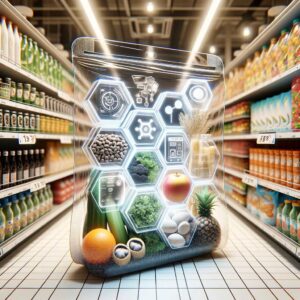
Food Packaging in 2040
Food packaging, an essential part of our daily lives, is on the verge of a major revolution. Faced with environmental, technological and public health challenges, the food packaging industry is evolving rapidly. What will food packaging look like in 2040? Answers soon on this blog.
To stay connected: SUBSCRIBE to our NEWSLETTER (footer)
Would you like to talk to our teams about a packaging project? a filling project? a packaging decontamination project? a packaging line project? Contact-us








